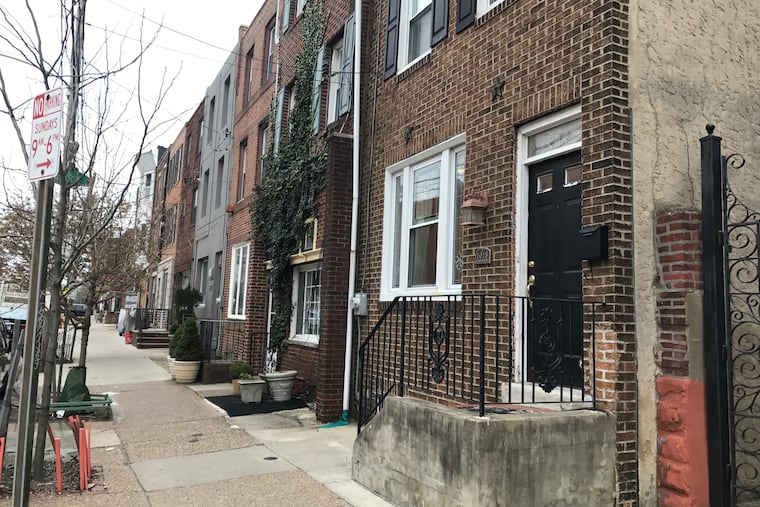How does Philly assess property? Taxpayers will have to wait for complete answers.
Philadelphia assessors are required to post their methodology annually, but they haven't complied in years. Taxpayers may finally see some explanation this week — but not a complete set of documents.
